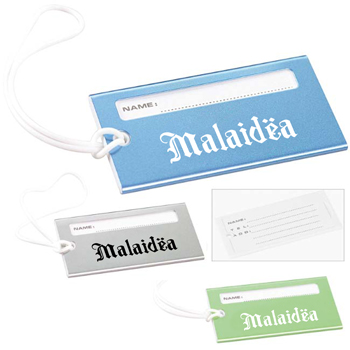Tagging strategy
When it comes to optimizing videos for YouTube, one of the most critical factors is using the right tags. Tags are the words and phrases that you add to your video when uploading to describe its content and help users and YouTube's algorithm understand what the video is about. To be successful on YouTube, your tagging strategy needs to be spot on.
One popular method for generating tags is using a YouTube tags generator tool. These tools are designed to provide a list of tags that users can add to their videos. Some generators even suggest tags based on the video's content and the user's niche.
However, while these tools may seem like a quick and easy solution to generating tags, there are both pros and cons to using them.
Pros of using a YouTube tags generator tool
1. Provides a list of relevant tags
The primary advantage of using a YouTube tags generator tool is that it can help you create a list of relevant tags for your video. With thousands of videos uploaded to YouTube every day, it's easy for your content to get lost in the shuffle. By using a tool to generate tags, you can increase your video's visibility by adding relevant keywords that accurately describe its content.
2. Saves time and effort
Another benefit of using a tags generator tool is that it saves you time and effort. Manually generating tags can be time-consuming, especially if you're not sure which keywords to use. With a tag generator, you don't have to worry about researching keywords or brainstorming new ones. Instead, you can simply input your video's topic, and the tool will generate a list of relevant tags for you to use.
3. Helps with YouTube search optimization
YouTube's search algorithm is designed to help users find the most relevant videos based on their search terms. Adding accurate and relevant tags to your video can help improve its visibility in search results. By using a tags generator tool, you can ensure that your video has all the necessary keywords and phrases to rank well in YouTube's search engine.
Cons of using a YouTube tags generator tool
1. May result in generic, irrelevant tags
While a tags generator tool may be able to provide a list of relevant tags, it can also generate generic or irrelevant ones. This is especially true for niche or specialized topics that require specific keywords or phrases. A tool may not always be able to understand or accurately identify the nuances of a particular topic, resulting in tags that fail to describe the video's content accurately.
2. Ignores long-tail keywords
Another disadvantage of using a tags generator tool is that it may ignore long-tail keywords. Long-tail keywords are specific, niche topics that aren't as popular as broader keywords. However, they can be immensely helpful in attracting a targeted audience to your video. A tag generator tool may overlook these keywords, leading to a missed opportunity to attract a specific subset of viewers.
3. Limits creativity
Using a tagging generator tool may also limit your creativity when it comes to adding tags. While these tools can be helpful in identifying relevant keywords, they may overlook more creative or unique keywords that can help your video stand out. By relying heavily on a tags generator tool, you may miss the opportunity to add your own unique spin to tag creation.
Video tagging
Video tagging is an essential component of any YouTube video's SEO strategy. Whether you choose to use a tags generator tool or create tags manually, your tagging strategy should include the following tips:
1. Use relevant keywords
Your video's tags should accurately reflect its content and include keywords that users might use to search for similar videos. Avoid using overly generic tags that don't accurately describe your video's content.
2. Use long-tail keywords
Long-tail keywords can be an effective way to attract a targeted audience to your video. Use niche topics that accurately describe your video's content and are less competitive than broader keywords.
3. Conduct keyword research
Before creating your tags, conduct keyword research to identify the most relevant keywords for your video. Use tools like Google Keyword Planner or YouTube's Keyword Tool to find popular search terms in your niche.
4. Use variations of your main keyword
Use variations of your main keyword to create additional tags. For example, if your main keyword is "cooking," you could also use tags like "recipes," "meal prep," and "kitchen tips."
5. Update tags over time
Regularly update your video's tags to reflect changes in your niche or content. Adding new tags can help attract new viewers and improve your video's visibility in search results.
In conclusion, using a YouTube tags generator tool can be a helpful way to generate tags quickly and efficiently. However, it's essential to weigh the pros and cons of using such tools to determine if they're the right choice for your tagging strategy. Whether you use a tags generator tool or create tags manually, remember to prioritize accuracy, relevance, and variety to create a robust tagging strategy that helps attract viewers to your videos.
























